Beckywecky
Rough_Rock
- Joined
- Oct 16, 2020
- Messages
- 27
I am trying to choose between two beautiful round brilliant stones. Both are the same price, XXX diamonds, GIA Cert-
Choice 1:
2.04 ct
E
SI1
No flourescence
Measurements:
8.30 x 8.34 x,4.95
Choice 2:
2.01 Ct
D
SI1
Slight flourescence
8.21 x 8.25 x 89
Do I sacrafice color in favor of a better spread and no flourescence?
Thank you!
Choice 1:
2.04 ct
E
SI1
No flourescence
Measurements:
8.30 x 8.34 x,4.95
Choice 2:
2.01 Ct
D
SI1
Slight flourescence
8.21 x 8.25 x 89
Do I sacrafice color in favor of a better spread and no flourescence?
Thank you!





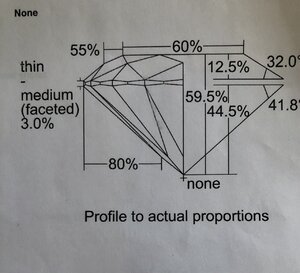
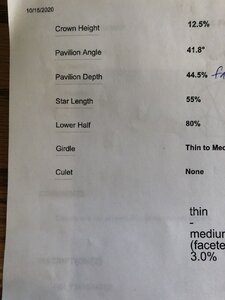
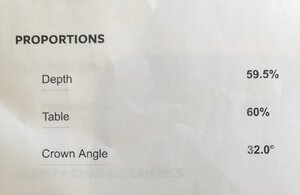
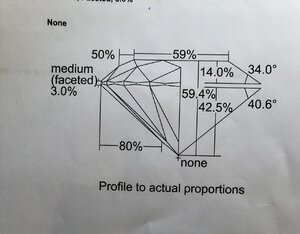
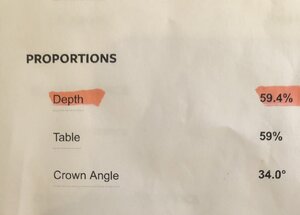
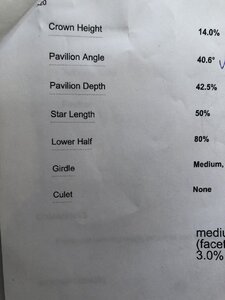


300x240.png)